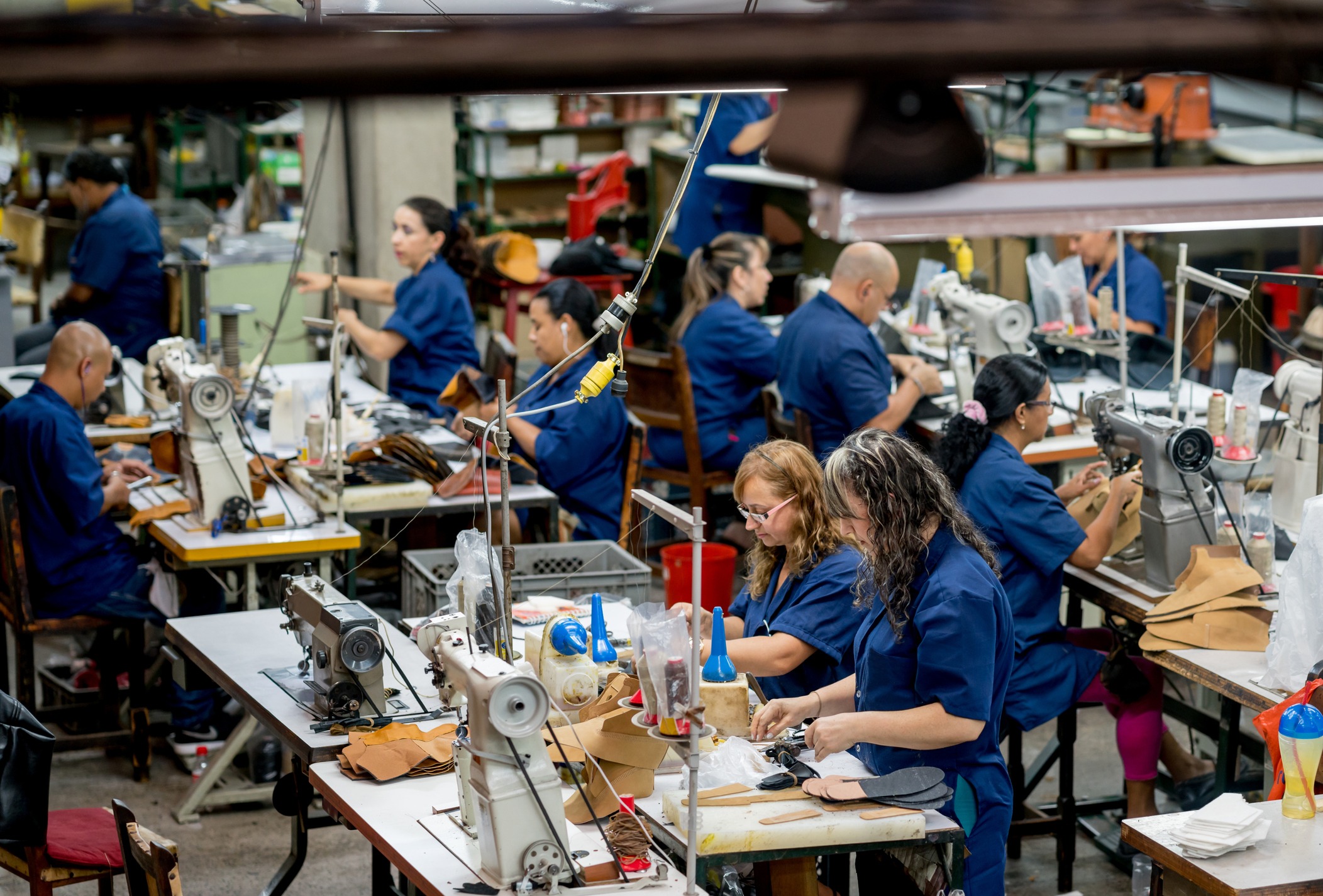The textiles and garment industries are crucial to national progress and industrialization, as well as to the successful integration of such economies into the global market. According to the WTO (2006), no other category of manufactured products gives developing nations such a substantial net-exporting position as textiles and clothes do. In 2004, developing countries (low and medium-income countries) accounted for more than half of all global exports of textiles and apparel.
There has been a considerable expansion in the production of manufactured products in every part of the globe during the last two years. While the global textile and garment industry contributed just 4.5% of manufactured exports in 2006, it was far more important to the economies of specific areas and nations. The textile industry recreates a critical role in every country’s economy. Tanda textiles, well known and renowned one, bring revolution to the industry.
Human Needs
Humans need water, food, and shelter to be alive. Textiles may be classified as all of the above. Farmers may boost their profits by using fertilizers, herbicides, or pesticides because of clothes and protective gear. When planting, harvesting, and storing their crops, they might make use of equipment filters and protective covers. We can’t guarantee the safety of our food supply without these advanced materials.
To keep warm, clothing and bedding items like blankets are also necessary. Shingles and other forms of construction materials would not be possible to make without natural and synthetic fibres, which would have an impact on the sorts of shelters constructed. Realizing the wide range of fabrics on offer helps in comprehending the fabric’s impact on our daily life.
When spraying their crops with insecticides, farmers do it while wearing protective equipment. Plants and trees are wrapped with textiles to keep the elements and pests at bay. Non-woven textiles are used to make coffee filters and tea bags. Producing enough thread for tea bags to go around the world 67 times would take a lot of effort.
Building Material
In order to keep the heat and cold out, we employ textiles to insulate our dwellings. We sit and sleep on furniture made of a wide range of textiles. Roofing materials, wire covers, wall covers, blinds, air ducts, and window screens all benefit from the use of textiles.
Transportation
Road beds are often lined with textiles before being pave, which is an essential part of the transportation business. Seventy-five per cent of a tire’s durability comes from the use of textiles. Lightweight and five times as robust as steel, Kevlar aramid is often use to reinforce radial tyres. There are textiles all over the inside of every kind of transportation vehicle.
A vehicle’s gaskets, seals, seat belts, airbags, and filters may all be made of textiles. There is not a single metal or wooden component in the whole Lear Fan Jet aircraft. This carbon substance is as strong as steel, but it weighs a fraction of what aluminium does. Spacecraft heat shields are made from a fibre that can resist temperatures of up to 20,000 degrees Fahrenheit.
Health Industry
In the medical field, textiles play a crucial role in saving lives. Dialysis involves the use of an artificial kidney that is barely two inches in diameter and constructed from 7,000 hollow fibres. More than half of the Jarvik-7 artificial heart is made of fabrics, and it closes using Velcro. There are about 150,000 persons in the United States who have knitted polyester artificial arteries, which help reduce the risk of clotting and rejection.
Disposable clothing has been a great advancement in the fight against the spread of germs. Today’s sutures are manufacture from a textile strand that dissolves over time. Other standards of textiles utilise in the healthcare profession include casts for broken bones, surgical masks, bandages, and gloves.
Protection Industry
The Kevlar 29 aramid used to make bulletproof vests has seven layers, making the wearer impervious to a knife attack and a. 38-calibre bullet shot from 10 feet away. Nomex aramid clothing is use by firemen and racing car drivers because of its high resistance to heat. Astronauts are protect against space debris with Nomex aramid suits. Sportsmen cover their heads and bodies with textile helmets and pads.
Sports Industry
Textile fibres are use to construct sports equipment, including dinghies, hockey sticks, fishing rods, golf clubs, tennis rackets, and canoes. Kevlar aramid, a lightweight and strong fibre, are employ in this kind of sports gear. Textile fibres are also use to create things like backpacks, balls, life jackets, and artificial playing grounds.
Miscellaneous Textile Products
- Toothbrushes
- Hair Brushes
- Dental Floss
- Artificial Flowers/Plants
- Book Bindings
- Candle Wicks
- Communication Lines
- Circuit Boards
The significance of textiles in everyday life becomes clear after analysing the goods mentioned above. Another need that the textile industry satisfies is the demand for new jobs. Over 1.4 million people are now employee in the textile business, more than any other sector. The significance of textiles is growing as new textile technologies become available.
